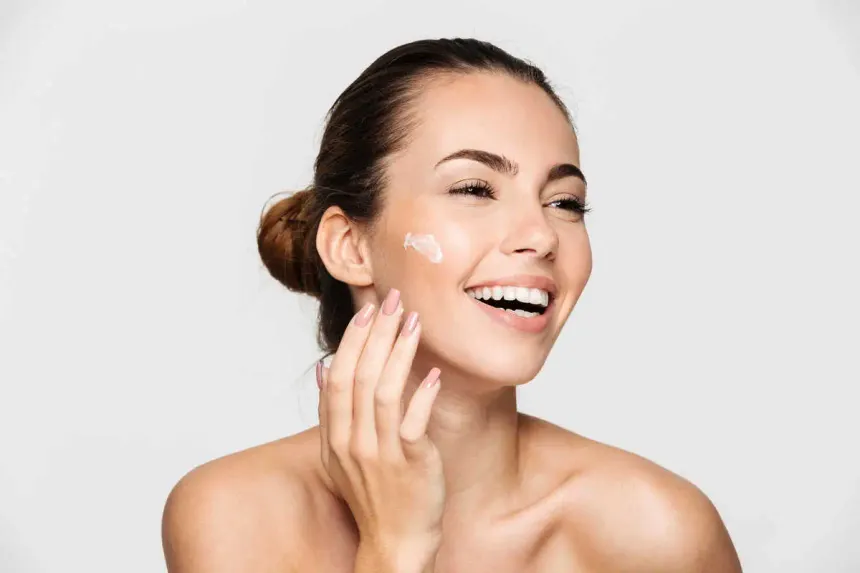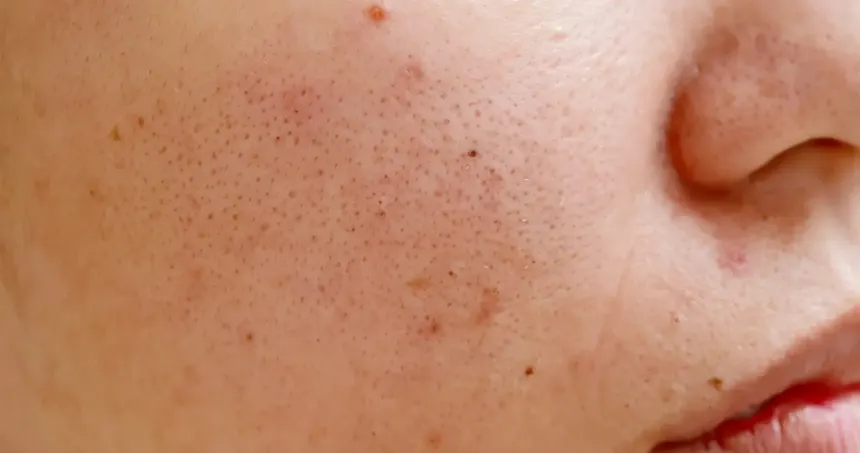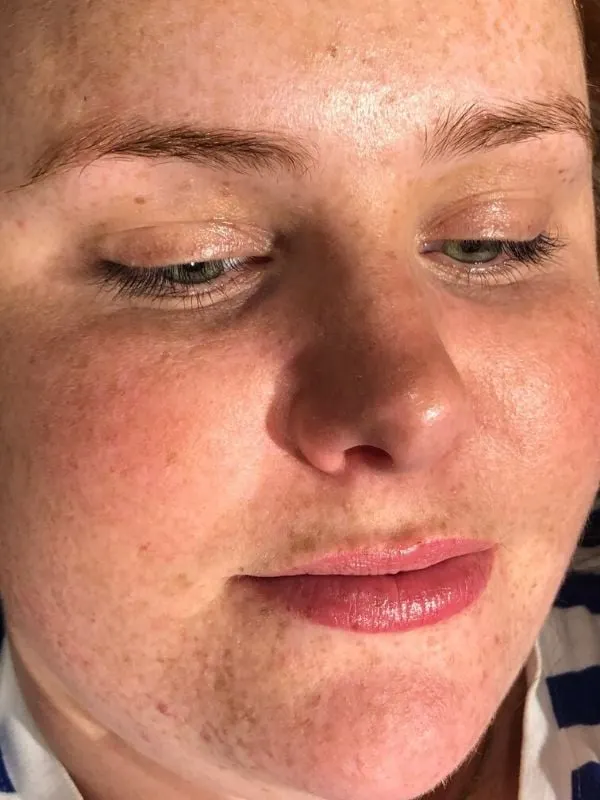Your dream beauty career starts here—30,000+ students and counting

CEO/Founder Of Bela Beauty College
Brow lamination is generally not recommended for individuals with acne-prone skin—especially if breakouts occur around the eyebrow area. The chemicals used can irritate sensitive skin, interact poorly with acne treatments, and trigger new breakouts.

Brow lamination is a chemical grooming process that restructures eyebrow hairs to keep them in a uniform, brushed-up shape. Often described as a “perm for your brows,” it’s become one of the most requested treatments in modern brow styling. If you’re wondering, “What is brow lamination & when is the best time to get it?” — it’s ideal to schedule the treatment when your skin is calm and not reacting to active ingredients like retinol or acids, especially before a big event or change in season.
This treatment has skyrocketed in popularity due to:
But popularity doesn’t equal universality. For individuals with acne-prone or sensitive skin, the decision to laminate brows should not be made lightly.
What happens during brow lamination?
While the process is quick—usually under 45 minutes—the solutions used are chemical-based and can be harsh. That’s why many clients ask, “Can you laminate your brows with retinol in your skincare routine?” Ideally, retinol should be paused at least 5–7 days before and after brow lamination. Retinoids can make the skin more sensitive and prone to irritation, especially around the delicate brow area.
Benefits include:
But is it safe for everyone? Let’s explore that next.

Acne-prone skin isn’t just about pimples. It includes:
This skin type is more reactive—especially when exposed to strong chemicals. Any treatment involving the skin must be approached with added caution.

Bela Beauty College strongly advises being cautious if you’re considering brow lamination and have acne-prone skin. Why? Here’s a breakdown:
Not all hope is lost if lamination isn’t ideal for your skin. Here are safer alternatives:
If you’re still considering the treatment, follow these critical steps:
Even if you get the green light, aftercare is vital. Here’s how to protect your skin post-lamination:
Treatment | Ideal For | Risk to Acne-Prone Skin | Chemical Use |
Brow Lamination | Thick, unruly brows | High | Yes |
Threading | Precise hair removal | Low | No |
Tinting | Enhancing brow color | Medium | Sometimes |
Microblading | Sparse brows | High | Yes |
Makeup | Temporary styling | Low (if non-comedogenic) | No |
This comparison highlights that not all brow treatments are created equal. Choose based on your skin’s tolerance and goals.
Ask yourself these key questions before moving forward:
If any of your answers lean toward risk, it’s better to explore alternatives.
Suite 7
144-156 George Street,
Fitzroy Victoria,
Australia 3065
1212-1175 Douglas Street 7
Victoria,
Canada V8W 2E1
6 Clayton Street
Newmarket, Auckland
New Zealand 1023
5th Floor
60 Cheapside
London EC2V 6AXa